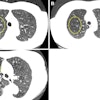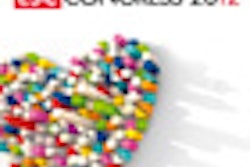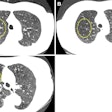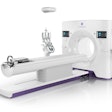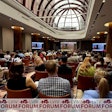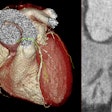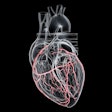Dear Cardiac Insider,
The evolution of imaging techniques is once again changing the diagnosis and treatment of patients with heart disease. A raft of new techniques is gaining speed, and new software is manipulating the data in more usable ways, creating more efficient, often less invasive, care. We touch on several developments in this issue of the Cardiac Imaging Insider.
Last week, delegates at the World Molecular Imaging Congress in Dublin heard how the management of patients with chronic coronary artery disease is evolving from simple diagnosis to treatment management and the prevention of future cardiac events. Get the story about molecular imaging's contribution to long-term care in an article featuring Dr. Juhani Knuuti, PhD, director of the Turku PET Center in Finland.
Meanwhile, two attendees from the recent European Society of Cardiology's (ESC) annual meeting in Munich debate right here on AuntMinnieEurope.com about the potential of cardiac MRI to replace nuclear imaging. Don't miss the friendly fire about a hot topic.
In cardiac CT, two papers presented at ESC show different and potentially exciting paths to determine the clinical significance of CT-detected coronary artery stenosis without hauling the patient off to angiography, or to another imaging modality.
In the first, Dr. James Min from California led a multinational team to assess the utility of fractional flow reserve (FFR) CT -- a series of mathematical calculations performed on CT image data that can pinpoint the culprit artery or arteries causing the ischemia, or even show that a CT-detected stenosis is not impacting the patient even if it appears to be obstructive. Learn about the largest FFR study to date by clicking here.
In another ESC headliner, researchers in the multinational CORE 320 trial aimed to answer the same question -- is the coronary artery stenosis found at CT angiography actually causing ischemia? -- via an alternative path involving acquisition of a second, perfusion CT scan of the patient that could potentially replace SPECT in these patients. Explore how CT perfusion informed the treatment path for patients with suspected coronary artery disease by clicking here.
Finally, perfusion pioneer Dr. Joachim Wildberger from the Netherlands offers his perspective on using CT and CT perfusion for chest pain patients in a story you'll find here.
We invite you to scroll through the links below for the rest of the news in cardiac imaging, right here in your Cardiac Imaging Digital Community.


